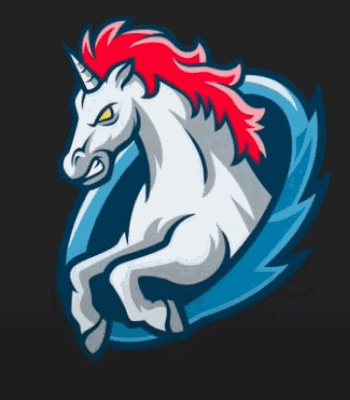Over the past few years, blockchain growth has advanced rapidly. It leveraged a decentralized financial institution that has developed into decentralized computing where software developers worldwide can come and build their solutions.
Fintech research suggests blockchain or cryptocurrency be a fascinating area with a lot of growth potential. However, as a newcomer to this area, you may feel somewhat lost. As an outcome, we’ve built this guide just for you.
Through using blockchain technology to power a decentralized payment system, Bitcoin brought blockchains to the forefront, but blockchain has since seen broader acceptance. Comparably, companies may prefer a blockchain-based service. When you start as a new developer, you must understand how Bitcoin, Ethereum, and Hyperledger function.
1. Solidity
Solidity is, without question, is among the most commonly used languages by Blockchain developers. It targeted the Ethereum Virtual Machine and was influenced by C++, Python, and JavaScript (EVM). Solidity is inscribed with inheritance, databases, and dynamic user-defined categories.
Solidity is a programming language that follows the OOP model but is most widely used to create smart agreements. Blockchain developers may use Solidity to develop apps that implement self-enforcing procedural code expressed in smart contracts, resulting in a non-repudiable, definitive transaction record.
2. Geth
Geth is a Go-based Ethereum node that uses the Go programming language. It comes with three different interfaces: JSON-RPC server, command-line, and an interactive console. On all three major operating systems—Windows, Mac, and Linux—Geth can be used for Blockchain creation.
On the Ethereum Blockchain, Geth is used for several tasks, including exchanging tokens, extracting ether tokens, building smart contracts, and exploring block background. You can link to an existing Blockchain or build your own after installing Geth. The good news is that Geth makes it simpler by linking to the Ethereum central net immediately.
3. Mist
Mist is the authorized Ethereum wallet created by Ethereum’s developers. If it falls to Ethereum, you’ll need a dedicated location to hold your Ether coins and run your smart contracts before you can start using the network. It’s compatible with Windows (32- and 64-bit versions), Mac OS X, and Linux (32- and 64-bit).
Although Mist is perfect for smart contract deployment, remember it’s still a full node wallet, which means you must download the entire Ethereum blockchain, over 1TB in size. Another important point to note is your Mist code, which you will never change because it is a one-time system.
4. Ganache
Ganache is a Truffle Suite Blockchain tool that makes it possible to create a private Ethereum blockchain to evaluate Apps, run tasks, and examine state while retaining total control over the chain’s activity.
The most important aspect of Ganache would be that it enables you to perform all the acts that you would typically handle on the major chain without risking the expense. Blockchain developers use Ganache to test their smart contracts throughout the development since it has many useful features.
Conclusion
Since Blockchain technology is still relatively fresh, you are likely to have a bright future in it if you will try new technologies.
About the Author:
Esha Umer has been writing for a couple of years. She writes about business, technology, cybersecurity and blockchain management. Her content is unique and original. Her writings are engaging.




